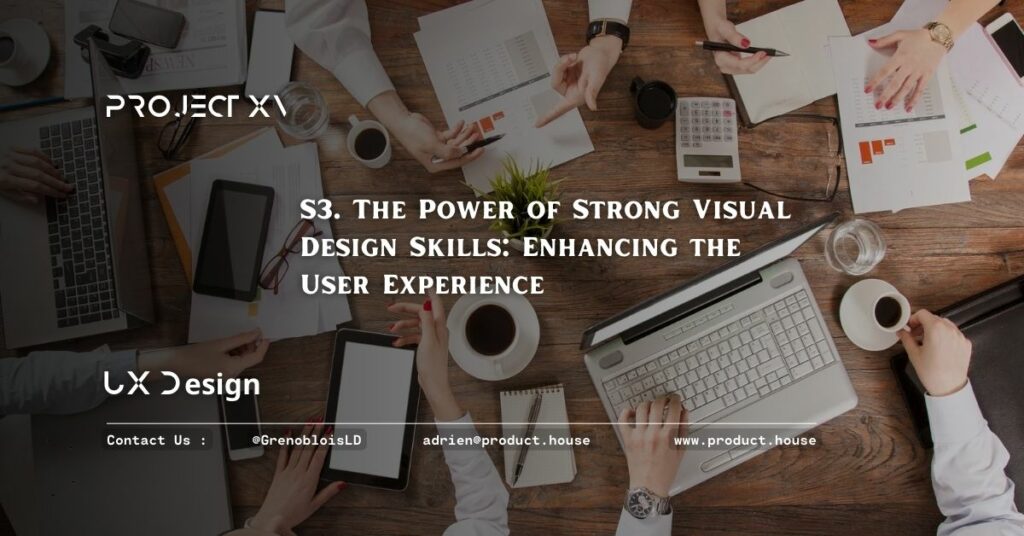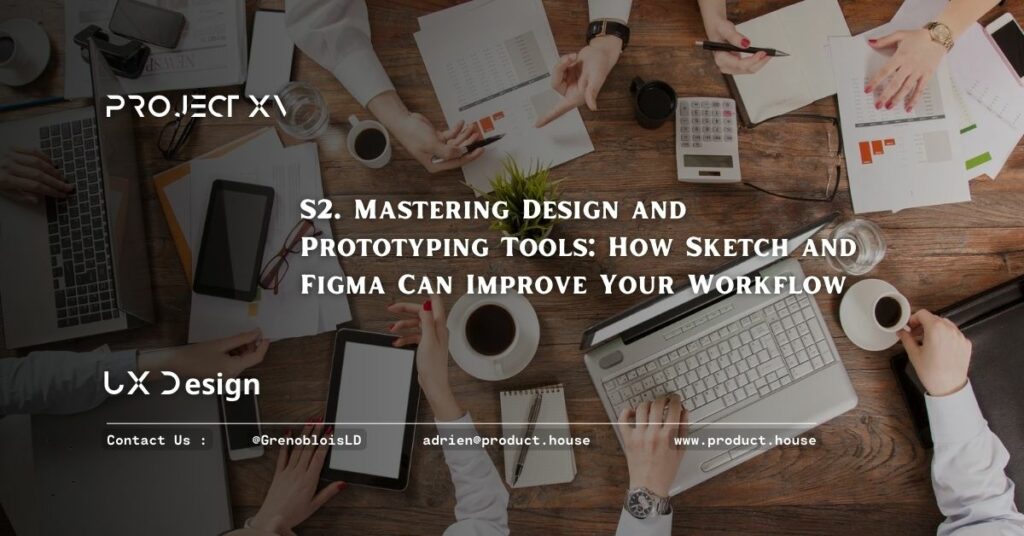S3. The Power of Strong Visual Design Skills: Enhancing the User Experience
Strong visual design skills are essential for creating effective and engaging designs. They help designers to create designs that are visually appealing, memorable, and impactful.…



